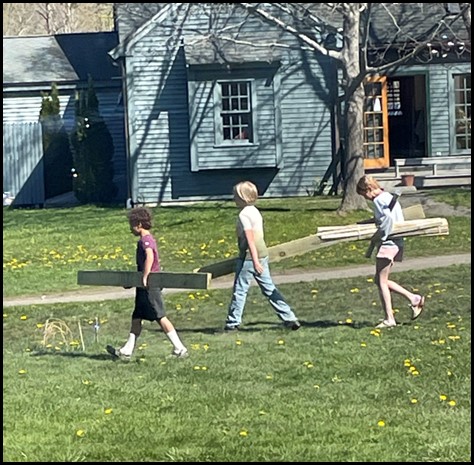
Materials for predator-exclusion cages
Students at the Riley School will investigate the effects of predator exclusion units and changing abiotic factors on soft-shell clam (mya arenaria) populations in the nearby Clam Cove. Historically, this area was home to a healthy population of wild soft-shell clams, but in recent years the population has declined significantly. The Riley School will launch an investigation to determine if the decrease of soft-shell clams in this cove is due to increased predation, changes in environmental abiotic factors such as increased turbidity, nutrient loading, temperature, pH, and dissolved oxygen, or both predation and changes in abiotic factors.
Director Rebecca Clapp explains: “To investigate this phenomenon, the Riley school students will build experimental predator exclusion units. The students will build the units, making 25cm x 25cm x 10cm wooden frames, and covering the top and bottom of the units with each predator control treatment (netting). For this study they will use three predator control treatments: 1) none (controls); 2) flexible netting; and 3) rigid netting. The students will place these units at mid and high intertidal zones within Clam Cove at the end of April, corresponding with the soft-shell clam spawning cycle. Once the units are placed, the students will collect weekly water samples to test abiotic parameters, such as temperature, pH, dissolved oxygen, turbidity, nitrate, and phosphate. When the students return to school in the fall, they will collect their predator exclusion units and count and measure the clams in each treatment box.”

